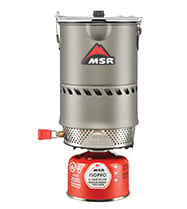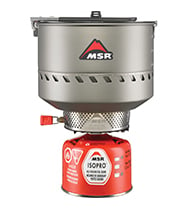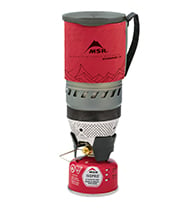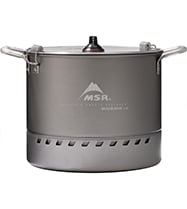Radiant Burner Stoves: The Ultimate in All-Weather Performance and Efficiency
MSR engineered the Reactor and WindBurner stove systems to be the fastest, most fuel-efficient stove systems in the real-world conditions of the alpine. Achieving that performance standard required stoves that go beyond the conventions of camp stove burner technology. Based on decades of research and more than five years of development, the MSR engineering team built the Reactor, and then the WindBurner, around a unique radiant burner head. The Reactor was the first climbing and backpacking stove to truly harness the benefits of a radiant burner. Radiant burners allow canister fuel stoves to achieve high performance, excellent efficiency and great weather resistance.
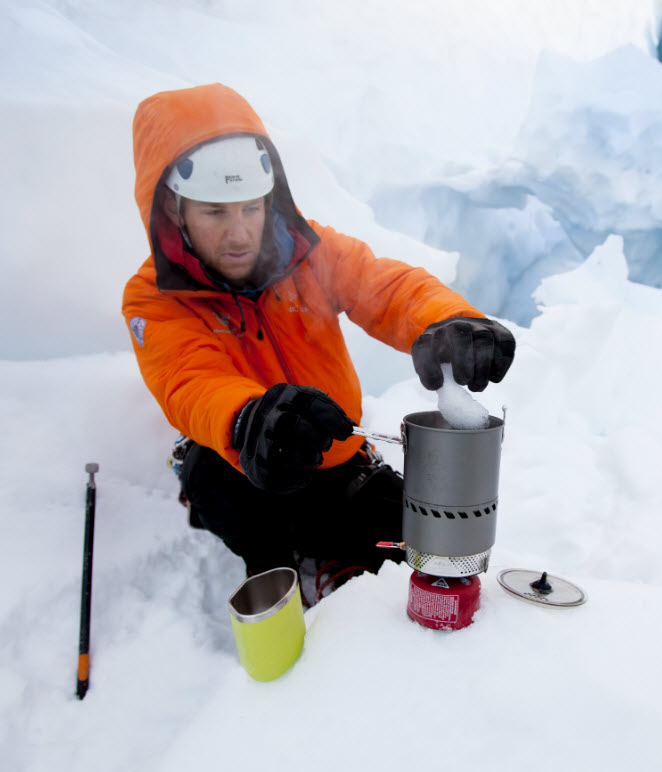
What is a radiant burner?
Radiant burners use a porous material to mix fuel and house the flame. The resulting burner produces both convective and radiant heat. These burners can be made from a variety of porous materials, including wire mesh and ceramics. The Reactor uses a porous disc made of an alloy called Fecralloy to create a burner that is lighter and more durable than those made of other materials.
The process used to create this material is complex and requires precise manufacturing control. Open-cell foam is impregnated with a slurry of Fecralloy alloy and the conglomerate is allowed to solidify. The material is then baked at a temperature that causes the open-cell foam to dissolve. What remains is a rigid alloy structure that looks much like open-cell foam. This material is cut into discs that become Reactor burners.
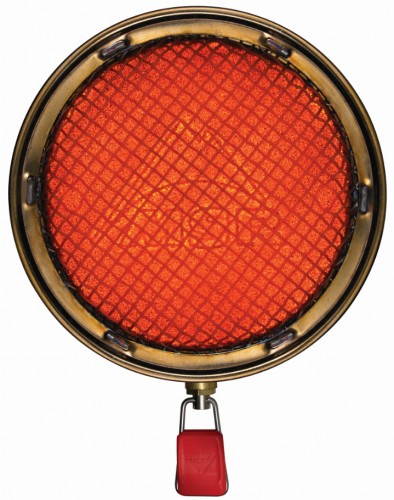
How do radiant burner stoves work?
When the Reactor is operating, gas travels from the canister through a pressure regulator to two jets that inject the fuel into a cavity under the porous disc. Here, the fuel mixes with air and flows through the pores in the disc. Ignition occurs in the upper level and at the surface of the disc. The flame spreads evenly over the disc, creating broad, consistent heating. Flame temperatures reach 3600°F and the protective mesh above the disc reaches 1600°F.
The Reactor requires a heat exchanger to harness the power of the radiant burner effectively; this heat exchanger is built into all Reactor cookware. The large surface area of the heat exchanger allows efficient transfer of both convective heat and radiant light energy from the burner.
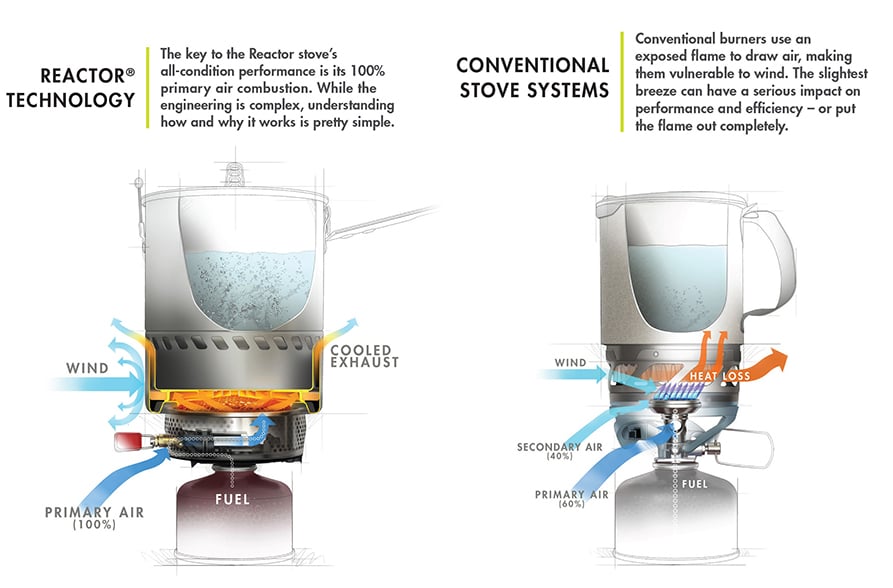
What is radiant light energy?
Conventional stoves produce convective heat—in other words, hot air. Radiant burners also produce radiant light energy. This energy transfer occurs without a change in air temperature, making it feel like warmth from the sun on a cold winter day. Although convection is responsible for the majority of the Reactor’s heat output, radiant energy plays a significant role in the stove’s performance.
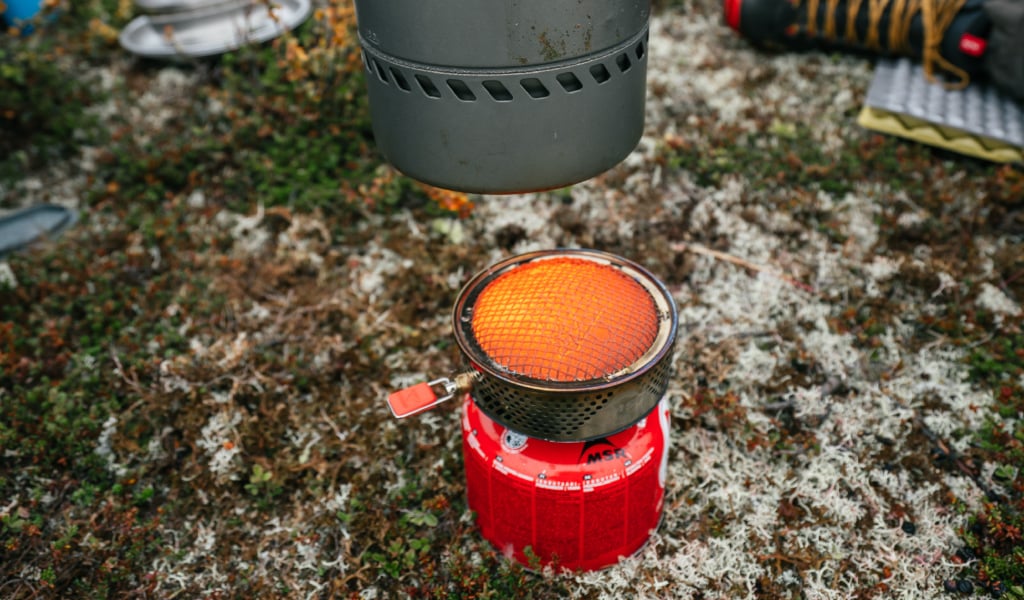
What is the performance advantage?
The biggest performance advantage comes from the control and management of airflow. The Reactor’s burner operates on 100% primary air, pulling all the air it needs through ports on either side of the flame control knob. All air and fuel mixing occurs inside the stove, allowing the flame to be completely enclosed and protected from wind with the integrated heat exchanger. This construction makes the Reactor’s radiant burner far more resistant to wind than a conventional burner. Combined with the broad, evenly dispersed flame, it also makes the Reactor difficult to blow out, even when the pot is removed.
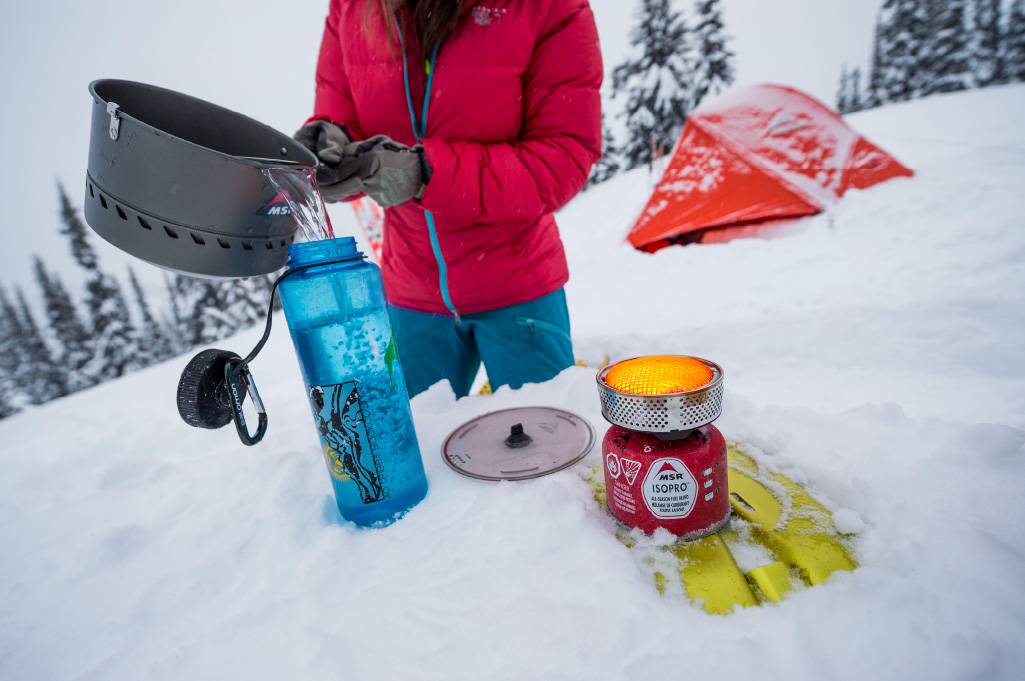
Reactor and WindBurner stove systems are the only radiant burner stoves on the outdoor market and the only outdoor stoves in the world that run on 100% primary air. This unique technology gives the Reactor and WindBurner a real advantage in weather resistance, power and efficiency.
Happy boiling!
Related Posts:
- MSR Reactor vs. WindBurner: What’s the Difference?
- Production Lines: Building the WindBurner™ Personal Stove System
- The Guide to WindBurner Cookware & Accessories
Updated. Originally Published on August 21, 2013.

